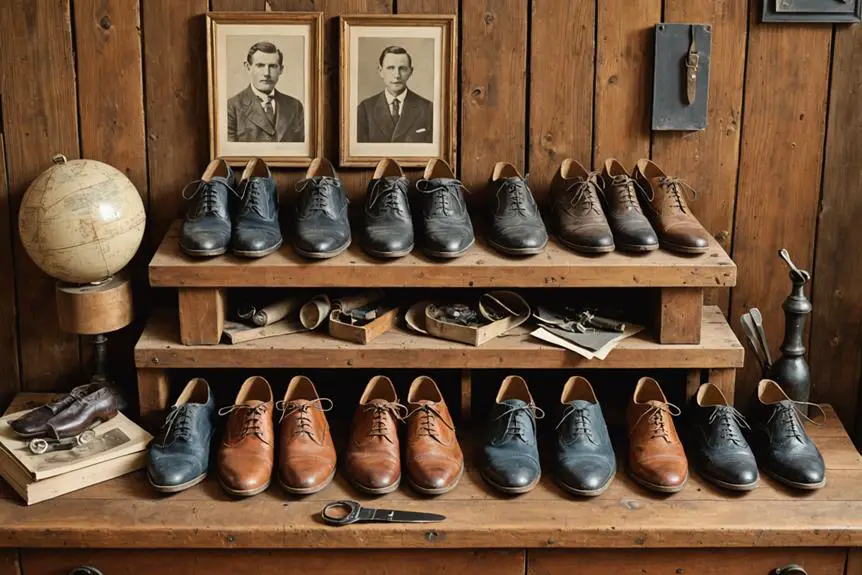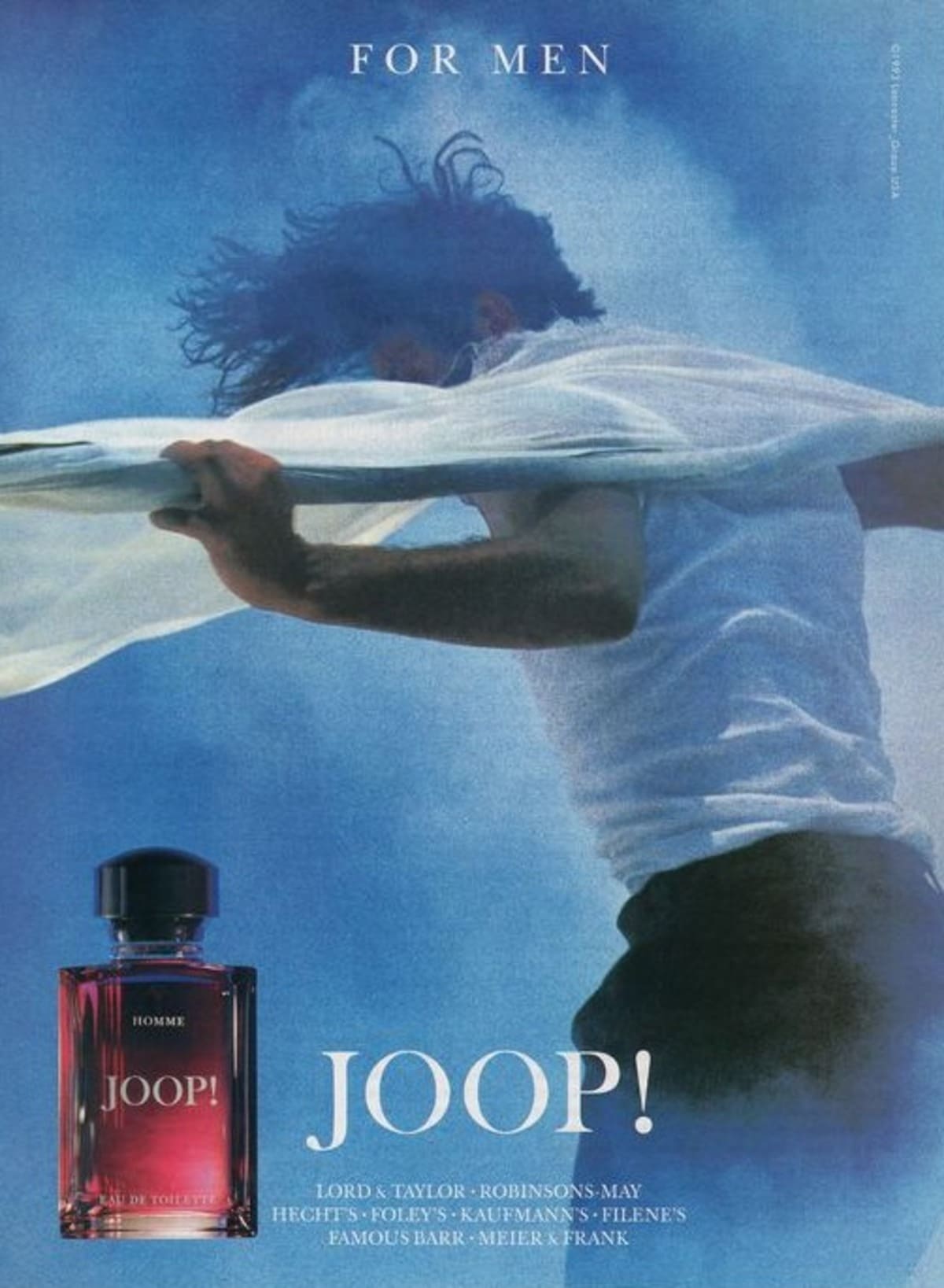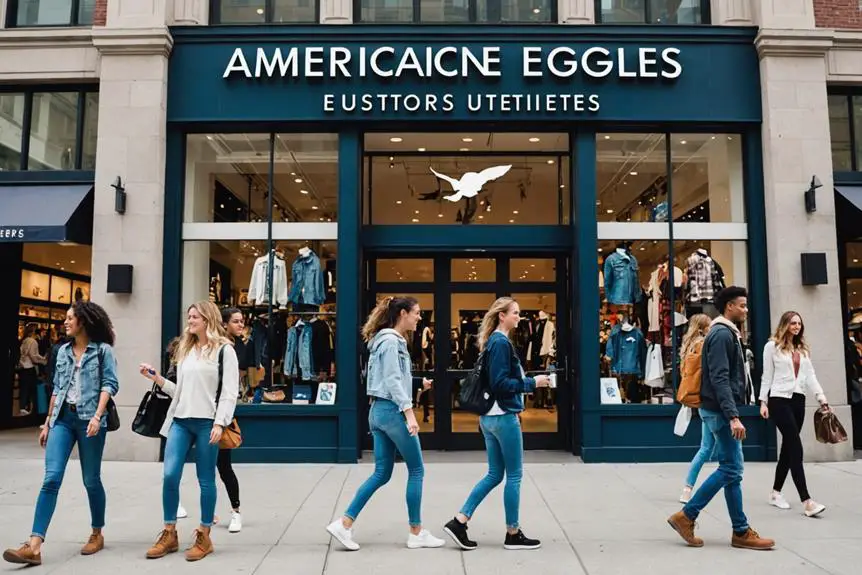You might think of Oxford shoes as simply a staple in your wardrobe, but their history reveals much more than just style. Originating in the early 19th century at Oxford University, these shoes underwent a fascinating transformation from practical footwear to symbols of sophistication. As you explore the evolution of their design, you'll uncover how they adapted to cultural shifts and fashion trends. What makes these shoes so enduringly popular, and how do their various styles reflect the times? The answers might surprise you.
Origin of Oxford Shoes
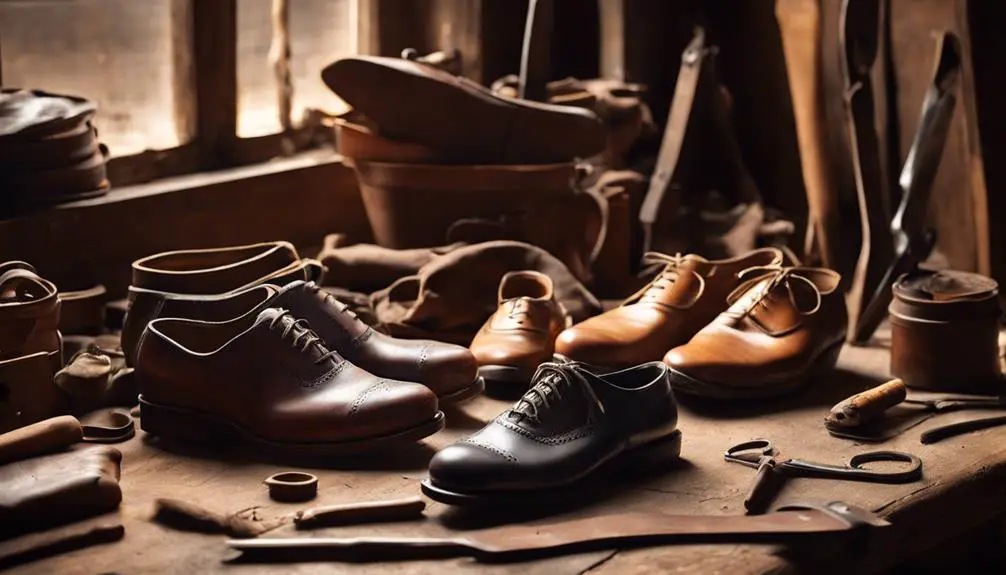
When you think of classic footwear, the Oxford shoe often comes to mind, with its roots tracing back to the early 19th century in Oxford, England. Originally known as "Oxonian" shoes, these stylish kicks were favored by students at Oxford University. The term "Oxford shoe" made its first appearance in writing in 1846, thanks to Joseph Sparkes Hall, marking a pivotal moment in the history of the Oxford.
The design of the Oxford shoe evolved considerably during this period. Initially, footwear for English gentlemen was characterized by knee-high boots, but the Oxford shifted to a lower-cut style that prioritized both comfort and practicality. Gone were the cumbersome button closures; laces took their place, allowing for a snug fit and easier wear. As the decades rolled on, the Oxford shoe became a symbol of sophistication, particularly associated with Prince Albert, husband of Queen Victoria, who popularized it as a fashionable alternative to traditional shoes of the time.
Evolution of Styles
The Oxford shoe's journey didn't stop with its initial popularity among students; it continued to evolve in style and function over the years. Emerging from the Oxonian half-boot in the early 19th century, this iconic shoe underwent a refined design featuring closed lacing, which not only enhanced its aesthetic but also created a sleeker silhouette that revealed more ankle.
As the Oxford shoe took off among university students, variations blossomed. You might encounter the cap toe, which showcases a distinct seam across the toe box, or the quarter brogue Oxford, adorned with subtle decorative elements that add flair while retaining an air of elegance. The 1920s brought a bold twist with two-tone colors, allowing wearers to express their individuality and align with the changing fashion landscape.
Today, modern interpretations of the Oxford shoe celebrate versatility. You can find casual variations crafted from suede, making them perfect for laid-back outings, while still sporting that classic Oxford charm. Some designs even integrate comfort technologies, ensuring you can wear them all day without sacrificing style for comfort. The evolution of the Oxford shoe reflects not only changing tastes but also the desire for footwear that adapts to both formal occasions and everyday life. So whether you're dressing up for a big meeting or enjoying a casual lunch, there's an Oxford shoe style that fits your needs beautifully!
Iconic Features of Oxfords
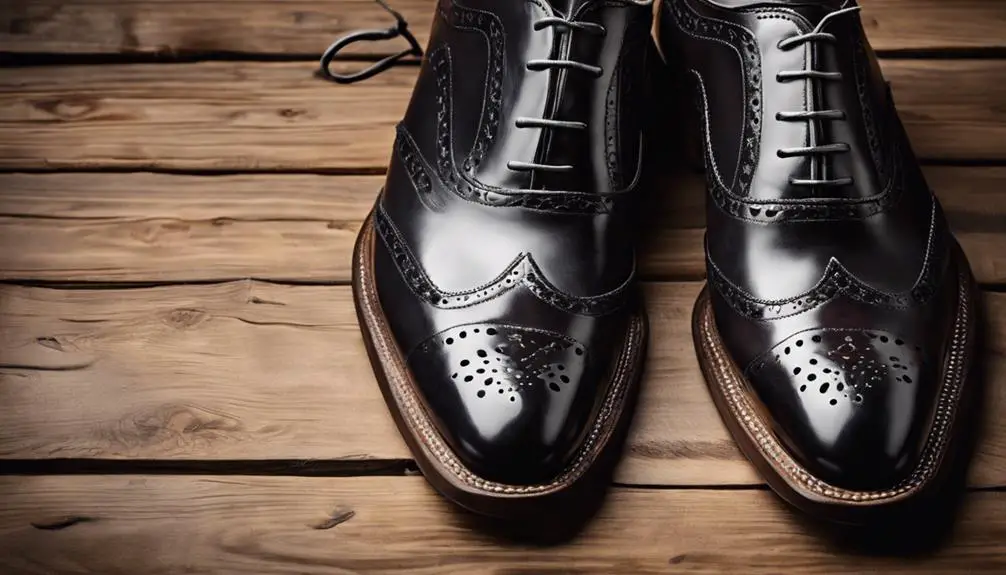
Oxford shoes stand out in the world of footwear thanks to their distinctive closed lacing system, which gives them a sleek, polished look. This unique design feature sets Oxfords apart from other styles, such as Derby shoes, which sport an open lacing system and tend to have a more casual vibe. The closed lacing not only enhances the shoe's elegance but also provides a snug fit, making them ideal for those with medium to low arches.
One of the most appealing aspects of Oxford shoes is their versatility. You can effortlessly pair them with a suit for formal occasions or style them with chinos for a smart-casual ensemble. This adaptability makes Oxfords a staple in any wardrobe. The classic silhouette of Oxfords, characterized by a streamlined appearance, complements various outfits, ensuring you always look put together.
Many Oxford styles, like the cap toe and whole cut, incorporate unique embellishments or construction techniques, adding visual interest while maintaining their timeless elegance. The cap toe, for instance, features a separate piece of leather stitched over the toe, offering a refined touch that elevates your overall look. With their minimalist design and sophisticated charm, Oxford shoes never go out of style, making them a wise investment for anyone who values quality footwear. Whether you're dressing up for a formal event or aiming for a polished everyday look, Oxfords are sure to impress and provide lasting comfort.
Cultural Impact and Significance
Cultural impact and significance of Oxford shoes can't be overstated, as they've transcended mere footwear to become symbols of elegance and sophistication. With roots tracing back to Oxford University, these shoes initially gained popularity among men but quickly evolved to include women, reflecting shifting societal norms and the changing role of women in fashion. The early 20th century marked a pivotal moment when women embraced Oxford shoes, opting for their stylish yet comfortable design, which included striking features like the cap toe and the half-boot with side slits.
In the 1920s, the introduction of two-color combinations added a playful twist to traditional styles, making Oxfords a fashionable choice for both casual and formal settings. These eye-catching two-tone shoes became synonymous with youth culture, further solidifying their appeal across generations. Iconic figures like Cary Grant and Fred Astaire showcased Oxfords on the silver screen, embedding them in popular culture and elevating their status as a timeless footwear choice.
You might also notice how Oxford shoes have woven their way into various subcultures, from mod to punk, thanks to their versatility and enduring charm. Their presence in films and media has only amplified their cultural significance, allowing them to remain relevant even in today's fast-paced fashion world. So, whether you're dressing up for an event or adding flair to your casual outfit, Oxford shoes represent a rich history of style and sophistication that you can wear with pride.
Types and Variations
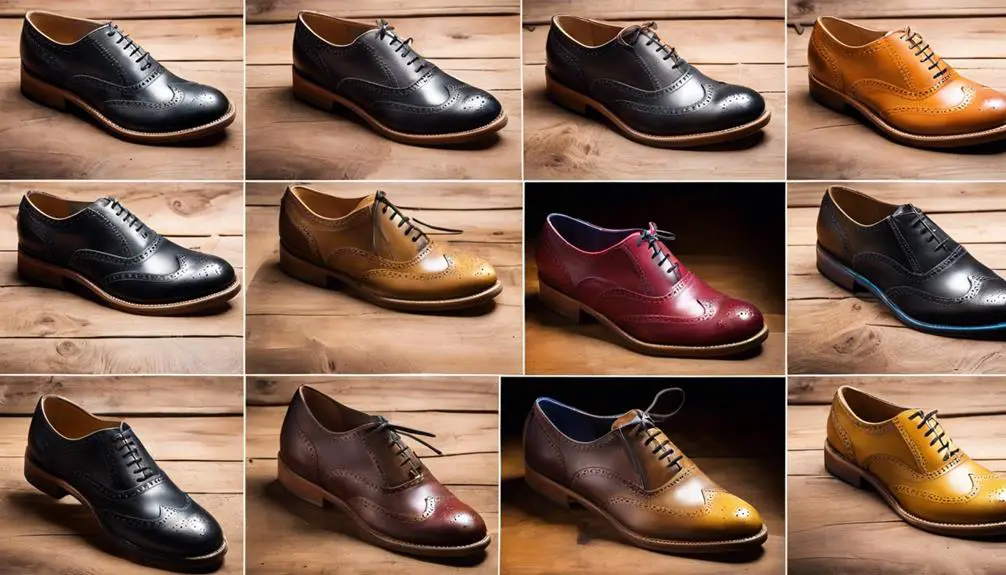
With their rich history and cultural significance, Oxfords come in a variety of styles and variations that cater to different tastes and occasions. You'll find that the Plain Oxford features a smooth leather exterior with minimal detailing, making it perfect for formal events where you want to exude sophistication. If you're looking to elevate your business attire, consider the Cap-Toe Oxford, which boasts a stitched cap over the toe for that extra touch of class.
For those who appreciate a bit more flair, the Wingtip Oxford is a fantastic choice. Its pointed toe cap with decorative wings adds a unique elegance to your outfit. Another popular option is the Brogue Oxford, known for its perforations and decorative elements. This style is versatile enough for smart-casual wear and includes variations like the quarter-brogue and full-brogue, allowing you to choose just how much detail you want.
Don't overlook the Oxford Spectator, a vibrant two-tone style that combines contrasting colors. This eye-catching design gained popularity in the 1920s and remains a standout choice for formal occasions. With so many different types of Oxford, you can easily find a pair that not only fits your wardrobe but also expresses your personal style. Whether you prefer the simplicity of a Plain Oxford or the ornate details of a Brogue Oxford, there's a perfect option waiting for you to step into it!
Contemporary Trends
In recent years, the landscape of Oxford shoes has transformed, blending traditional craftsmanship with contemporary flair. You'll notice a resurgence of vintage-inspired styles, where classic designs, like the cap toe and Balmoral, are reinterpreted using modern materials and innovative techniques. This fusion breathes new life into the Oxford, making them more appealing than ever.
One of the most exciting contemporary trends is the emergence of casual iterations. These stylish shoes elegantly combine formal aesthetics with everyday wear, catering to a broader range of consumers. Imagine slipping into a chic Oxford paired with jeans or a tailored outfit for a night out—versatility at its finest!
Moreover, sustainability is at the forefront of today's fashion, and Oxford brands are taking notice. Many now use sustainable materials and environmentally friendly production practices, reflecting values that resonate with conscious consumers. Coupled with customization options, like personalized colors and finishes, you can truly express your individuality through your footwear.
Comfort technologies have also made significant strides, with cushioned insoles and ergonomic designs enhancing wearability. Now, you can enjoy the timeless elegance of Oxfords without sacrificing comfort, making them a staple in modern wardrobes. Whether you're eyeing a classic cap toe or a trendy Chelsea boot, the contemporary Oxford scene offers something for everyone, allowing you to step out in style while embracing the trends of today.
Care and Maintenance
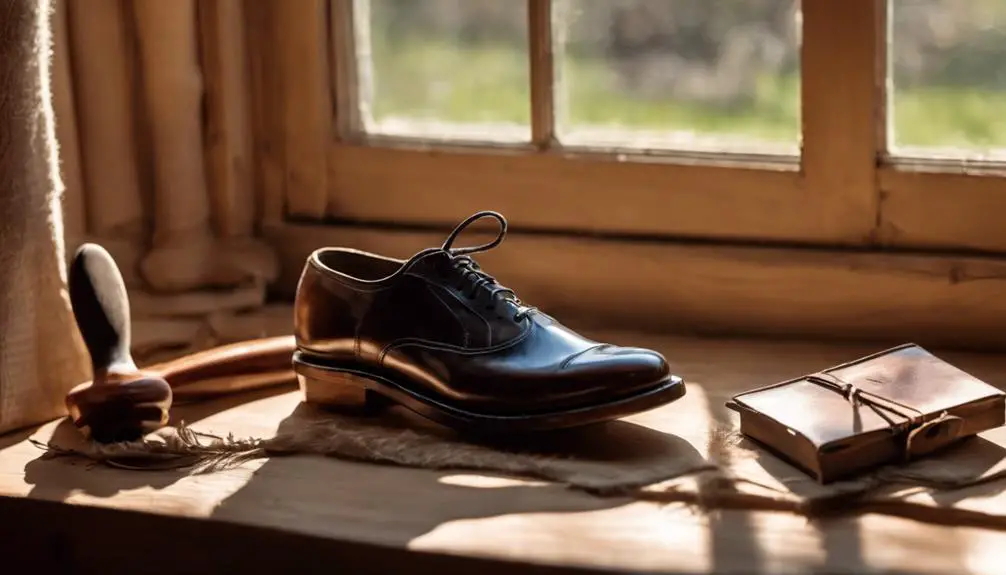
Taking care of your Oxford shoes is key to enjoying their beauty and longevity. These classic shoes, often featuring a cap toe design and crafted from fine leather, deserve your attention. Start by regularly cleaning your Oxfords with a soft cloth; this simple act removes dirt and prevents buildup that can harm the leather over time.
To maintain the shape of your shoes with laces, use shoe trees when they're not in use. They not only help avoid unsightly creasing but also absorb moisture, keeping your Oxfords fresh. Every few months, apply a leather conditioner to keep the leather supple and extend the lifespan of your footwear. This step is vital, as dry leather can crack and lose its elegance.
Polishing your Oxfords enhances their shine and provides a protective layer against moisture and stains. Use quality polish that matches the color of your shoes for the best results. Finally, when it comes to storage, always store your shoes in a cool, dry place. Proper storage is essential to prevent damage from humidity and heat, ensuring your Oxfords remain in excellent condition over time.
Frequently Asked Questions
What Is the Origin of the Oxford Shoes?
Oxford shoes evolved from knee-high boots into stylish, low-cut designs, showcasing craftsmanship techniques and material choices. Their historical significance and cultural influence shaped fashion trends, while celebrity endorsements popularized global variations, making them timelessly fashionable.
Why Are Oxfords so Popular?
Oxfords are popular for their versatility, fitting various fashion trends and celebrity styles. Their comfort factors, craftsmanship details, and color variations cater to different preferences, while their price ranges make them accessible for everyone.
What Makes a Shoe an Oxford?
A shoe's an Oxford if it features closed lacing, sleek leather construction, and a refined silhouette. For formal occasions, consider color variations and heel heights, while maintaining comfort with proper maintenance practices and styling tips.
What Is the Difference Between a Derby and an Oxford Shoe?
Ever wondered why Oxfords feel so formal? Their closed lacing and single leather piece scream sophistication, while Derbies offer comfort with open lacing and multiple colors. Choose wisely based on fashion trends and your occasion!
